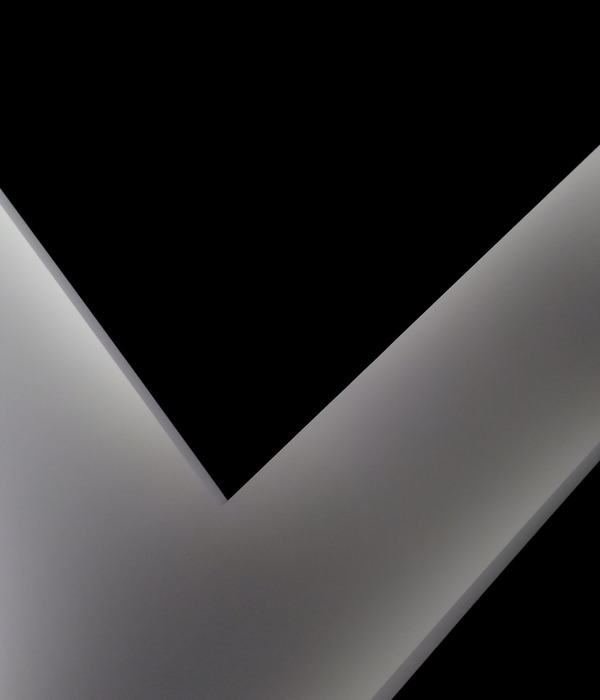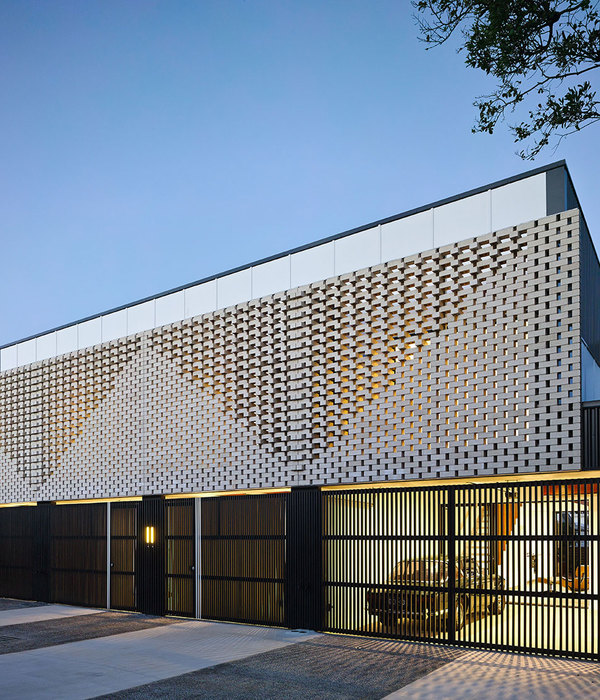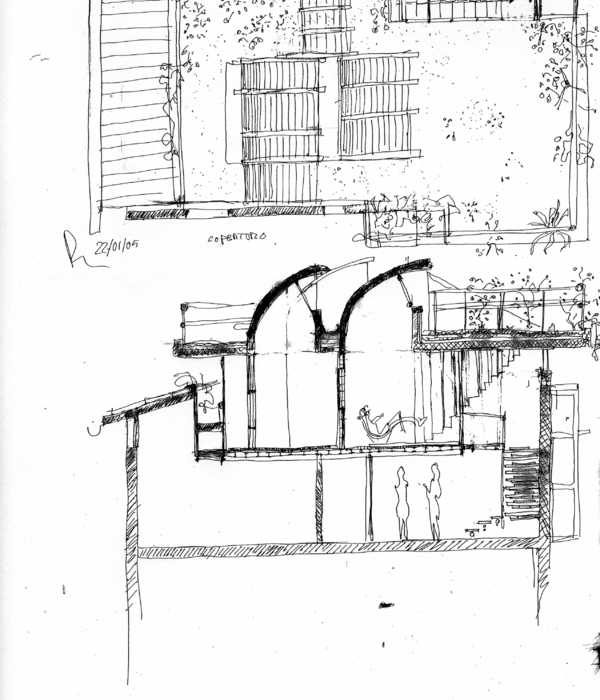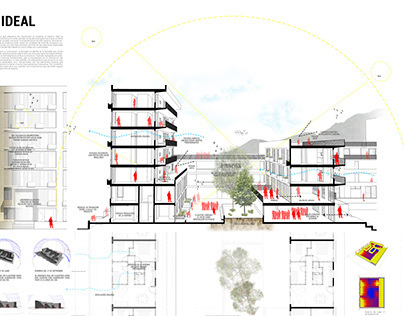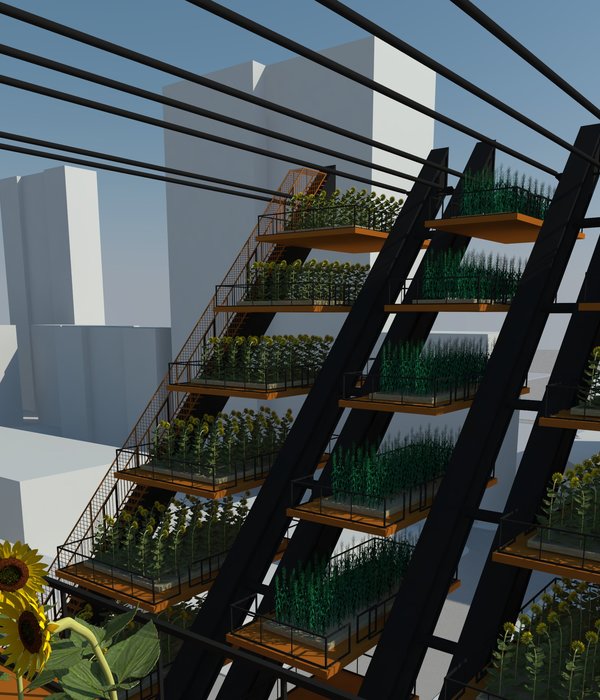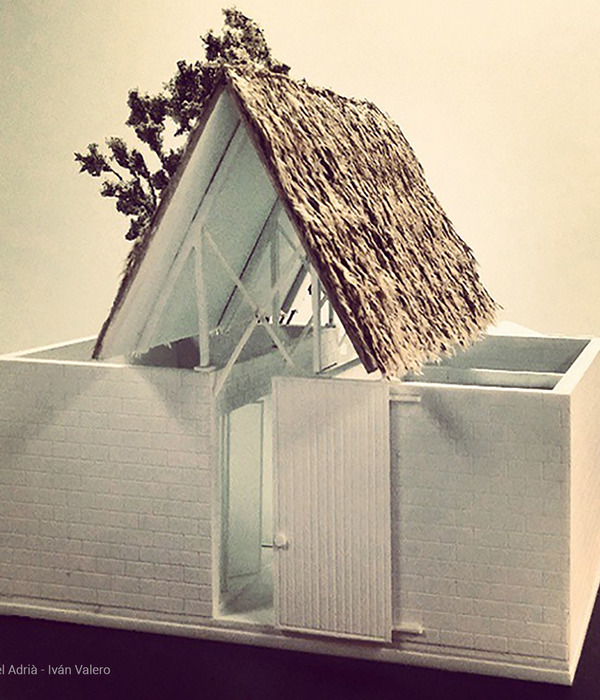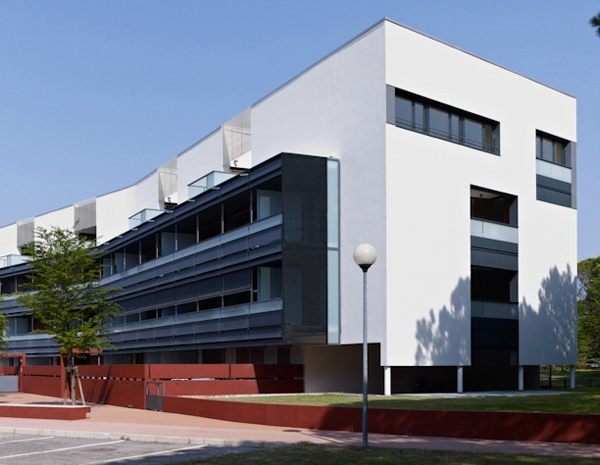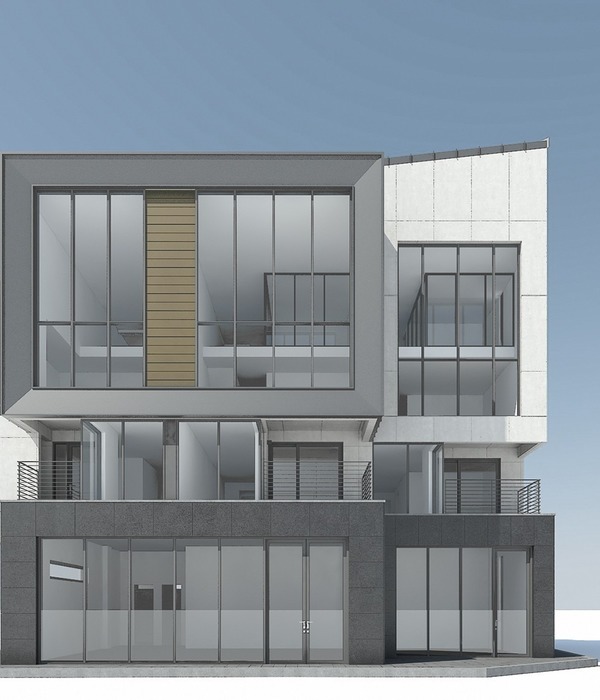The site is located on the hillside of a small mountain in Akiya, Yokosuka City. The site, with its back to the mountain, is long and narrow, with a view overlooking the ocean in front of it. When we visited the site with the clients for the first time, we were struck by the image of him staring beyond the end of the site for a long period of time. Keeping in mind these impressions and the world we saw at the site, we thought about what it takes for a house to be rooted in the land and connected to the surrounding environment.
The client has lived in Sydney for a long time, and the ocean has always been part of his lifestyle. In search of a place where they could feel the sea and nature, they arrived at this plot of land. Appropriate to the times we live in, he moved his family residence to the suburbs while continuing to work in Tokyo. The contrast between work life and family time, the balance between the urban and natural environments, an environment suited to raising children, and a house with views towards the ocean - these were requests from the client, which could not be achieved in a city setting surrounded by neighboring buildings.
We proposed two directions in the course of the initial study. The first was to create a house that maximizes the feeling of the surrounding natural environment. This not only included the views towards the sea, but also the tranquil ambiance specific to a seaside town, the continuity between interior and exterior, and respect for local vegetation. The second was to make the house seem as large and spacious as possible. This large and open space was to accommodate the elegant and generous personality and lifestyle of the client. These two main themes were gradually put together into a single study as we continued to search for a space quality that blended these ideas.
We arrived at a final shape where boxes pointing in various directions are stacked on top of each other. The boxes are like rocks receiving the force of nature from the mountains soaring behind them, and we inserted a light and bright box in the center of this image. This central box represents the lightness and freshness that opens up to the sea in front. These boxes create a variety of views and receive natural light from different directions at different times of the day. By creating dark and light spaces within the rooms and in the gaps created by the shifting and overlapping volumes, a contrast and or a continuity between inside and outside is created. In this way, we searched for a number of interesting places that could be created and mixed into the daily routine of the residents.
We also imagined something interesting would happen at the intersection of these volumes: Dark places and bright places, open places and closed places, high places, and low places. In order to mix these qualities, the intersecting part is made into a continuous atrium to the roof structure, creating a large vertical space. This is not only an expectation of spatiality, but also a device that we hope will go beyond our design intentions in various aspects, such as the idea of manipulating the idea of controlling the environment, and the impact on the living habits of the residents.
The places that are mixed together in this way may become alternative spaces in their own right. Or the private and public spaces may become separated, or the whole house may become a large three-dimensional “one-room” space. We hope the architecture encouraging constant discovery within itself, connects to the lifestyle of the residents – making the building a vernacular entity that forms the landscape of the hill it sits on.
▼项目更多图片
{{item.text_origin}}

